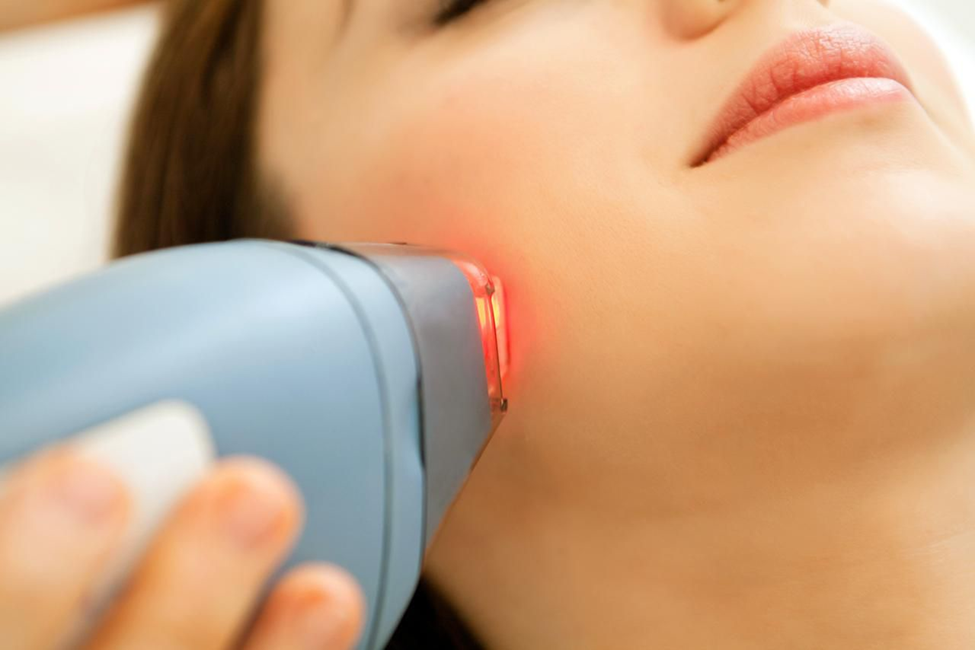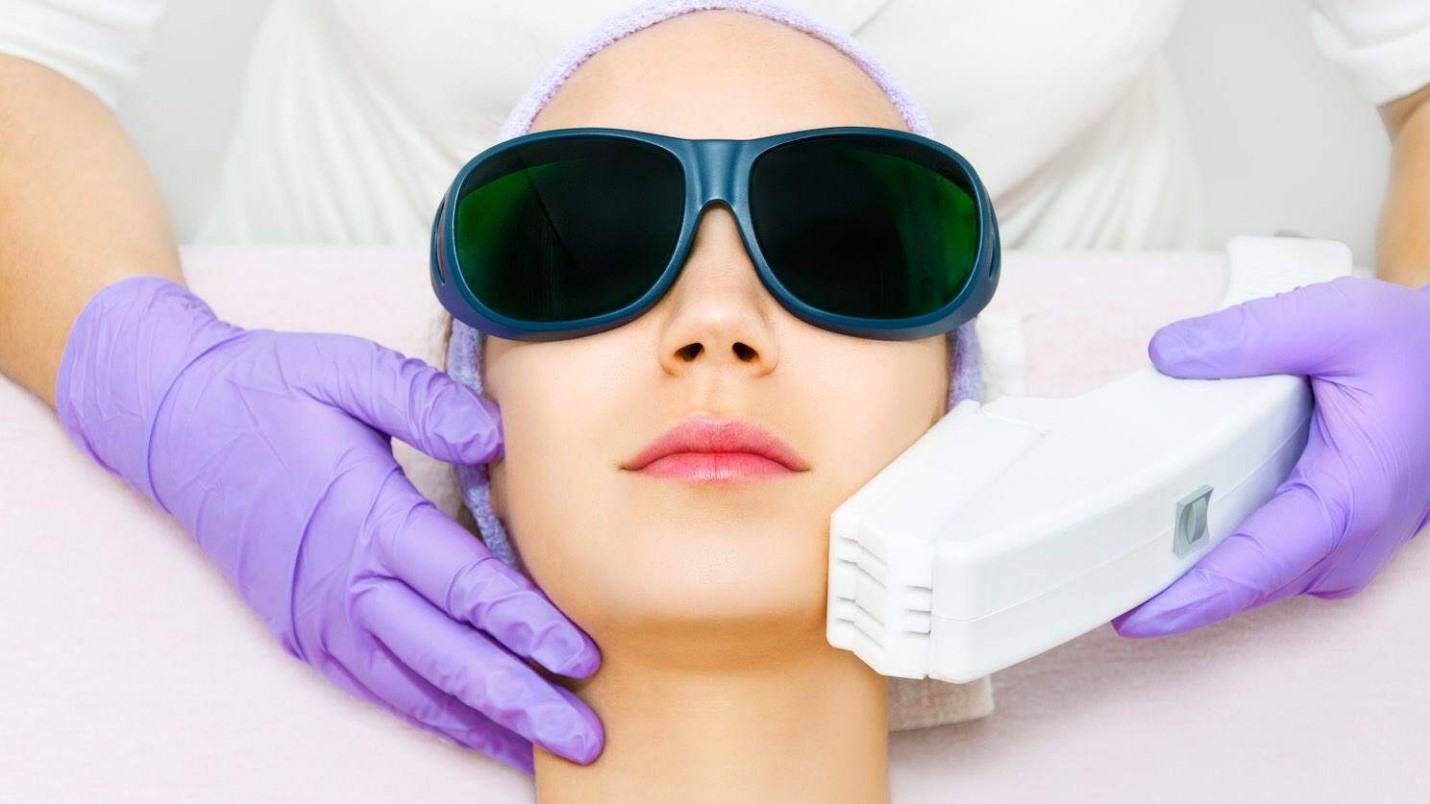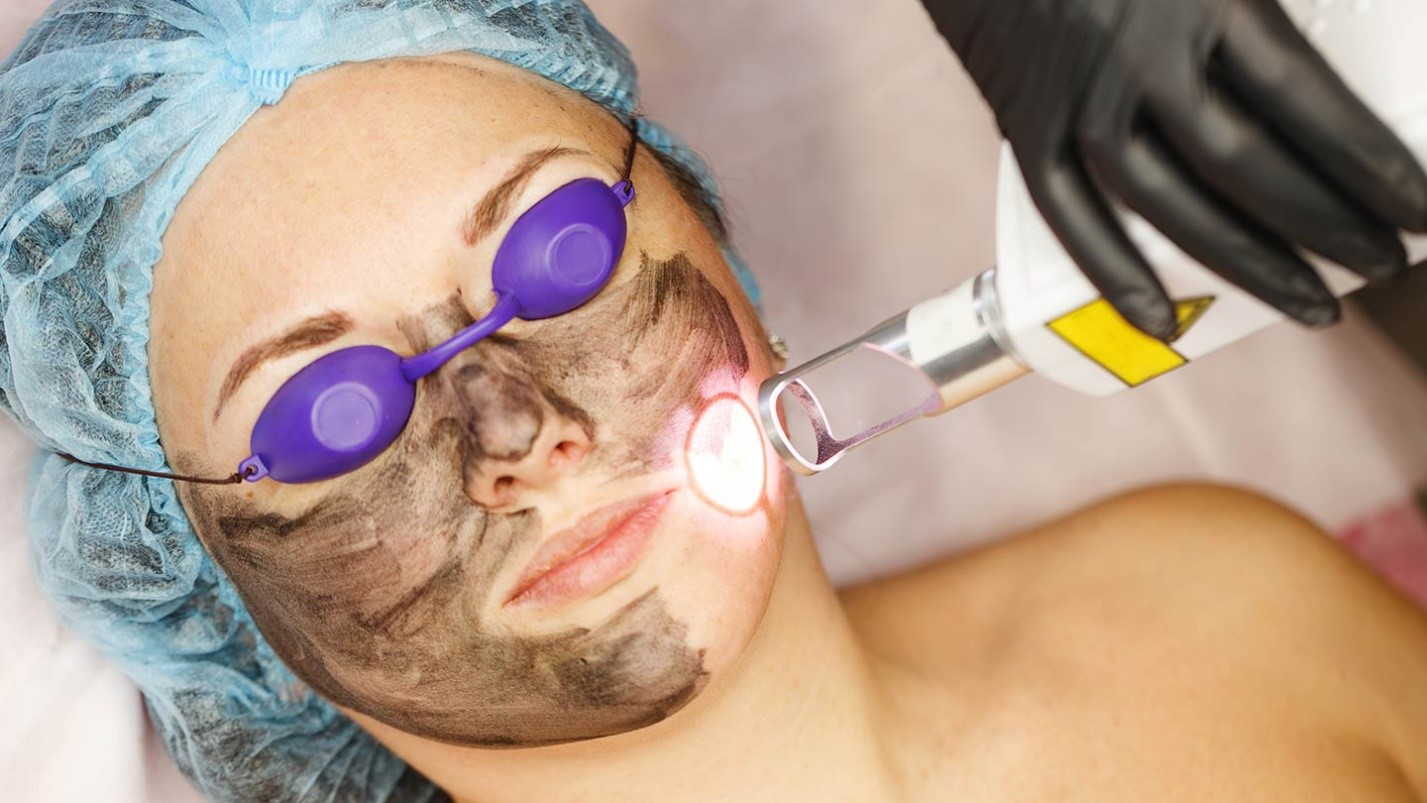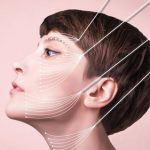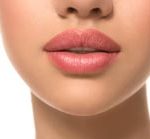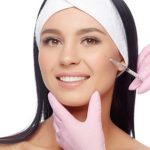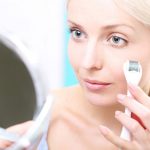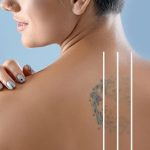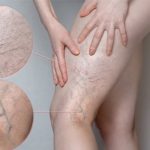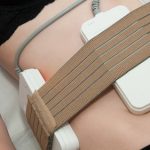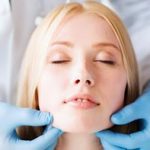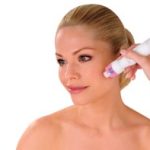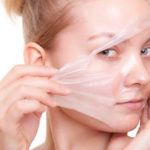COSMETIC LASER
What Are Cosmetic Laser Treatments?
Cosmetic laser treatments can remove common blemishes like age spots. They can also minimize rosacea, wrinkles, and acne scars. Laser hair removal is another popular cosmetic laser treatment.
Doctors do most of these procedures in the office.
WHAT DOES COSMETIC LASER TREATMENT REFER TO?
One highly efficient innovation in the field of skin care treatment is laser treatment: magical ray beams that have a lot to offer. Through penetrating the skin, lasers work their magic. Compared to older, more traditional methods which used surgical knives and blades, cosmetic laser therapy, as a non-invasive method seems like a big relief to devotees of skin care procedures; a procedure that rejuvenates dried, withered, sunburnt, and freckled skin.
WHEN IS LASER TREATMENT NEEDED?
Skin can easily be affected by any factor like genetics, trauma, sunburn, or disease. Aside from the external causes contributing to skin abnormalities, age is another factor which affects the quality of people’s skin. Aging brings dark circles, sagging skin, and wrinkles, making people seek skin solutions.
Laser treatment can be considered as a solution for:
Unwanted hair and tattoos,
Fine lines, wrinkles, and aging spots; all results of aging of the skin,
Acne scars,
Spider veins (varicose veins),
All kinds of birthmarks,
Dark circles and sagging eyelid skin,
Crow’s feet around the eyes,
Frown lines,
Smokers’ lines,
Vascular lesions, and
Uneven skin tone and texture.
DIFFERENT TYPES OF LASER TREATMENT IN IRAN
As mentioned earlier, the laser can be used for different cosmetic purposes, from removing unwanted hair to eliminating the wrinkles. Accordingly, here we provide you with different types of laser procedures applicable to each specific condition.
Laser skin resurfacing: If wrinkles, scars, sun exposure, aging or other causes have affected the quality and color of your skin, laser skin resurfacing may be your solution. This procedure, also called laser peel, uses a light beam to address various skin issues. These issues include, but not limited to, wrinkles, frown lines, stretch marks, sunburns, dark circles, blemishes, and scars. This treatment can give you a tighter and more youthful skin appearance. It can also be combined with other cosmetic procedures to improve your appearance. Laser hair removal: Laser hair removal is a cosmetic procedure which uses a laser beam to damage the hair follicle. The beam of concentrated light passes through the skin and gets absorbed by the pigment in the follicle, significantly slowing future hair growth or completely preventing it. This treatment can be repeated if the hair grows again. This procedure is more effective for people with light skin and dark hair. The most common parts of the body treated by laser hair removal include the back, chest, shoulders, neck, and face, mostly the upper lip and chin.
Acne scar removal: When the skin is trying to heal the wounds caused by acne, the excess of collagen in the dermis may remain permanently, which creates acne scars. It is important to treat this condition to restore your appearance and self-confidence. There are various methods to treat acne scars. Some of the non-surgical treatments include skin peels, microdermabrasion and laser skin resurfacing. The appropriate treatment depends on the acne scar type.
Light-based treatment: Cosmetic light-based devices are used to correct a wide range of cosmetic concerns and also to treat various pigmentary disorders. Although they differ from laser therapy but have many things in common. These devices can precisely aim the pigmented lesion, causing minimal damage to the surrounding tissues. They have many applications such as smoothing frown lines, softening upper and lower eyelid skin, eliminating fine lines on the face, reducing skin redness and hair removal.
DIFFERENT TYPES OF LASERS
What distinguishes the various types of lasers are a few factors, namely its wavelength and mode of delivery. Based on the said criteria, the two broad categories are ablative lasers and non-ablative ones.
Ablative lasers
In this method, an intense wavelength of light is projected on the skin by the use of which the outer damaged or burnt layers of skin are removed. Through stimulating the deeper layers of skin, collagen is formed beneath the skin and the result is a significant improvement in the shape and overall condition of wrinkles. Subsequent to applying a laser to the skin, some sort of ointment is put on the skin. After healing, the new patch of skin on the treated area will emerge with a smoother and finer quality. There are two major types of ablative lasers:
Carbon dioxide laser (Co2): As a traditional method that was first established in the 1960s, it has both benefits and drawbacks. In terms of shortcomings, it can be said that this first subcategory is not suitable for darker skin tones. Moreover, recovery time can be extended to a period longer than expected by such treatments and it risks such side effects as pain, itching, burning sensation, skin redness, and scarring. On the other hand, the said procedure benefits from some advantages as follows: it is ideal to treat skin cancer, acne scars, birthmarks, deep wrinkles, moles, saggy skin, sun damage and corns on feet, among other issues.
Erbium Yttrium-Aluminum-Garnet (Er: YAG): This second subcategory of ablative lasers is the ideal treatment for surface level and moderately deep lines and wrinkles on certain areas of the body: hands, face, chest or neck. The winning card for YAG is the fact that it takes considerably less time to heal compared to the other methods and yields fewer side effects. Common side effects might range from redness to swelling and bruising which may last for a couple of weeks. It is mainly used to treat pigmentation problems, acne scars, fine lines, sun damage and small to moderate wrinkles.
Non-ablative Lasers
The non-ablative method differs from the ablative method in that while the former heats and removes the surface layers of skin, the latter works beneath the surface of the skin and stimulates collagen growth, thus tightening the underlying skin layers and improving the skin tone at the same time. It helps remove fine lines and mild to moderate skin damage.
A variety of laser-based treatments can be categorized under this broad category:
Pulsed dye laser: Through targeting the blood vessels and shrinking them, this kind of treatment reduces the redness of the skin. This particular procedure usually requires 3 to 5 sessions to yield proper results which are, more often than not, permanent. This method works best with varicose veins, birthmarks, stretch marks, and fine lines around the eyes.
Alexandrite laser: This may surprise you that this method of laser therapy works through destroying the specific target area by employing a process called Photo thermolysis. In this process, high energy wavelengths are converted into heat which damages a specific area; however, the surrounding area will be left unscathed. Experiencing pain during treatment is a common complaint. In addition, redness, itching, and swelling are among other prevalent side effects. Birthmarks, brown spots as a result of sun damage and pigmentation are ideal candidates for this sort of treatment.
Laser Treatment for Rosacea
Rosacea is a facial skin condition which appears in people aged around 30 to 50. In this abnormality, some areas around the nose, chin, eyes, ears, or chest become red and thick. Dilated blood vessels also appear and make your skin seem irritated. Although rosacea cannot be completely cured, its symptoms can be reduced through various treatment plans. Cosmetic laser therapy is one of the procedures that may be recommended by your doctor. This procedure can help smooth your skin and wipe away or discolor the blood vessels and redness you’ve got due to this skin condition.

